How Drone Technology is Transforming Soil Analysis and Crop Monitoring
In India, the issues faced by farmers regarding their income are a topic of discussion. Changing weather patterns, increasing costs, and
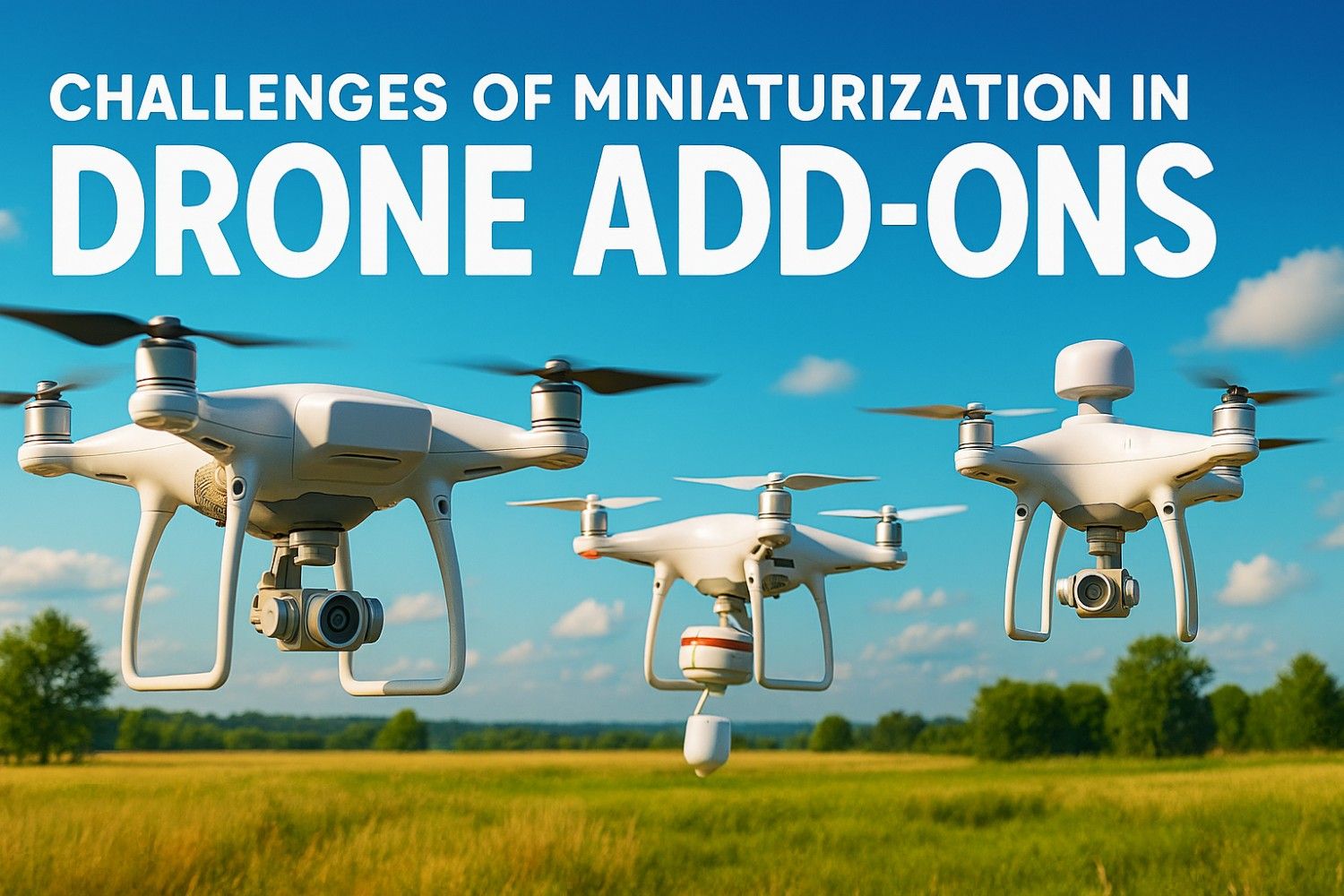
Miniaturization is a part of the evolution of drones. With drones becoming smaller, lighter and more affordable, the demand for compact add-ons has increased considerably. In India, where drones are transitioning from novelty to mainstream commercial tools in agriculture, inspection, logistics and public safety, miniaturized add-ons present various challenges. This blog highlights those challenges and offers practical considerations for stakeholders.
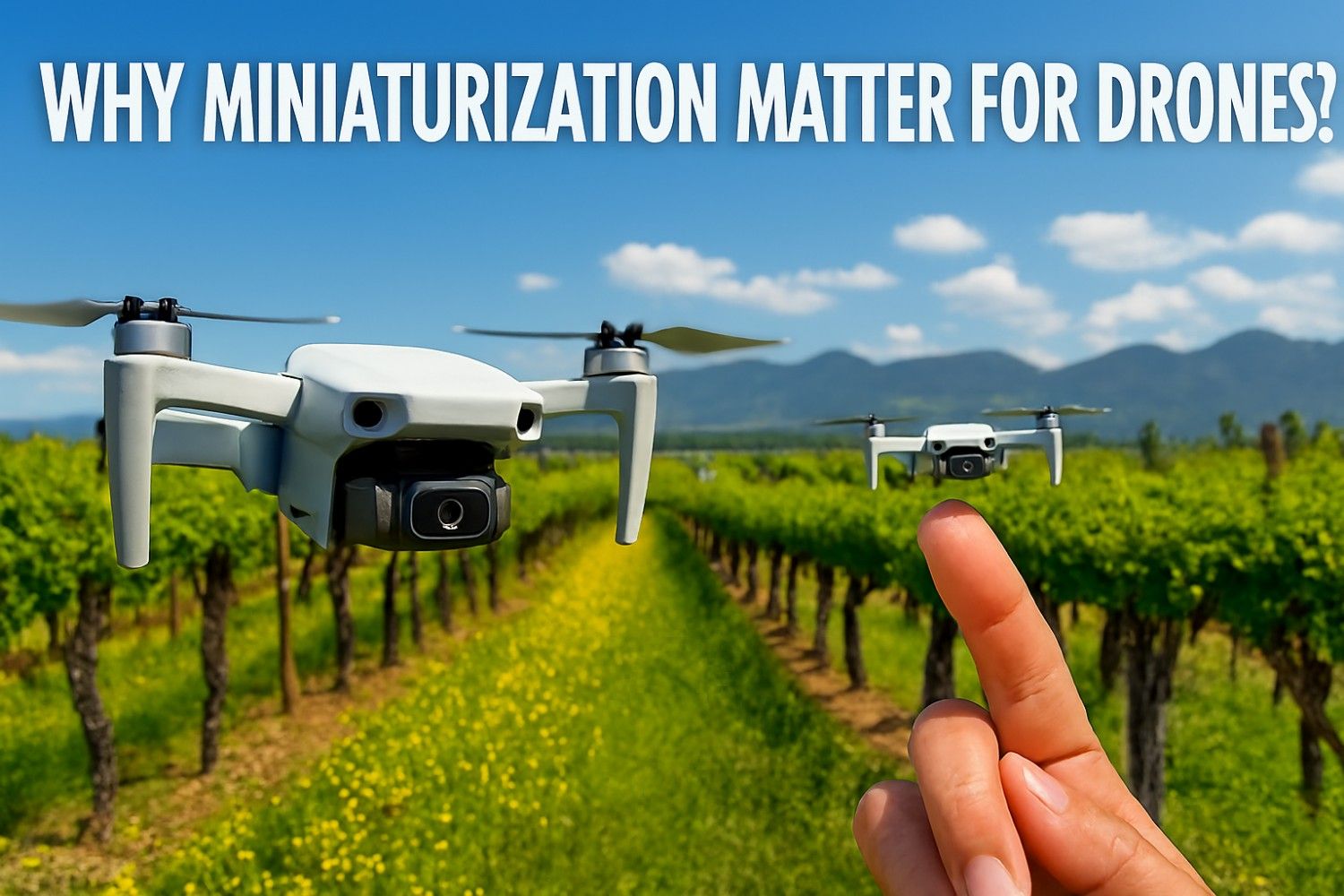
Miniaturization allows drones to carry more capability without increases in size, weight or power consumption. For commercial operators in India, firms deploying multispectral cameras to monitor crop health and startups trialling parcel delivery in congested urban corridors, small, lightweight add-ons translate to longer flight times, reduced operational costs and greater regulatory compliance.
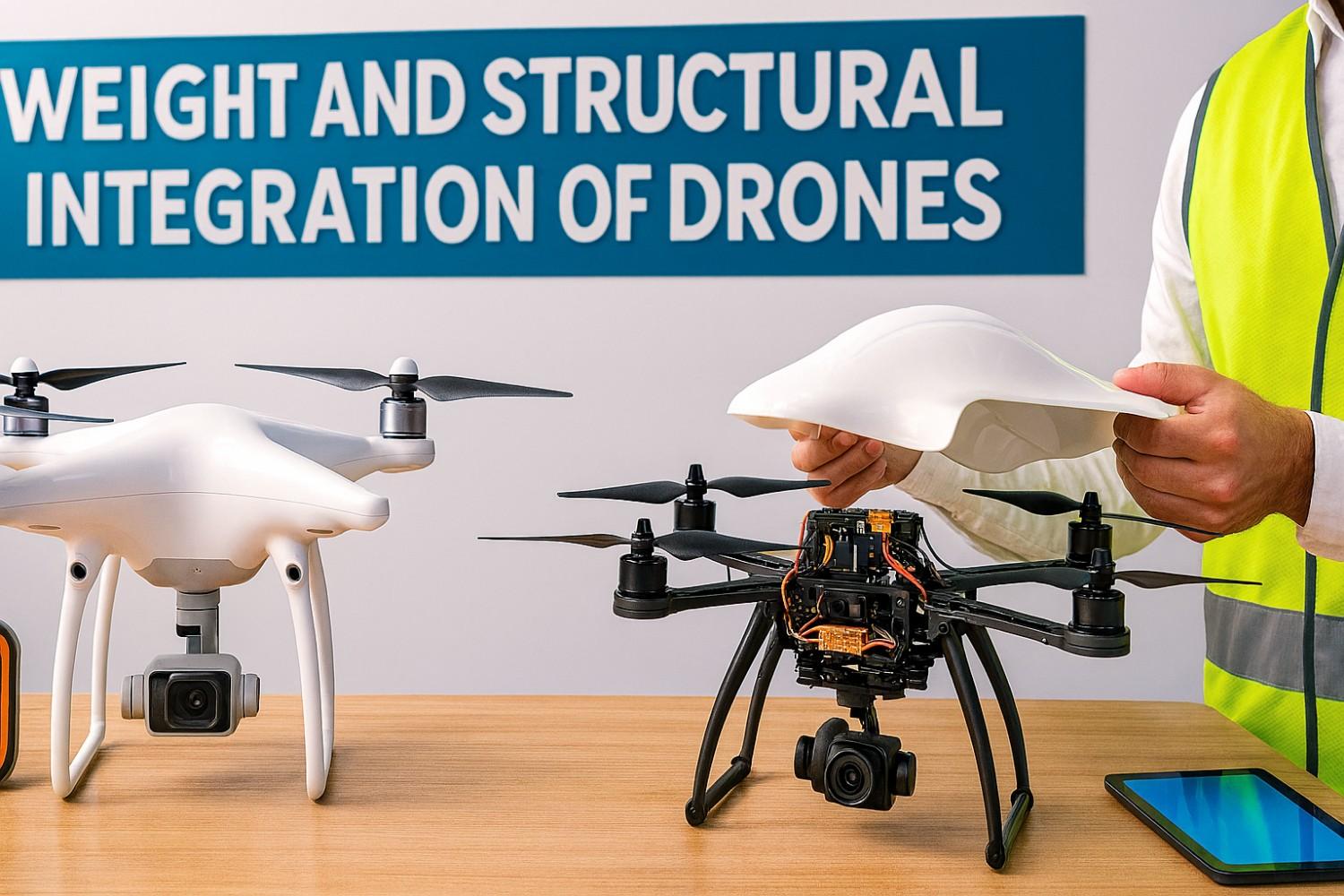
One of the most instant challenges is strict weight budgets. Commercial drones operate under regulatory weight thresholds and every gram added to the airframe decreases payload capacity and flight endurance. Miniaturized components must be extremely lightweight.
Designers have to balance between the use of lightweight materials and the resulting increases in cost and supply chain complexity. Furthermore, integrating add-ons into existing airframes without compromising the centre of gravity or aerodynamic balance requires mechanical and systems engineering. This often necessitates custom mounts, which upsurge per-unit cost and complicate maintenance.
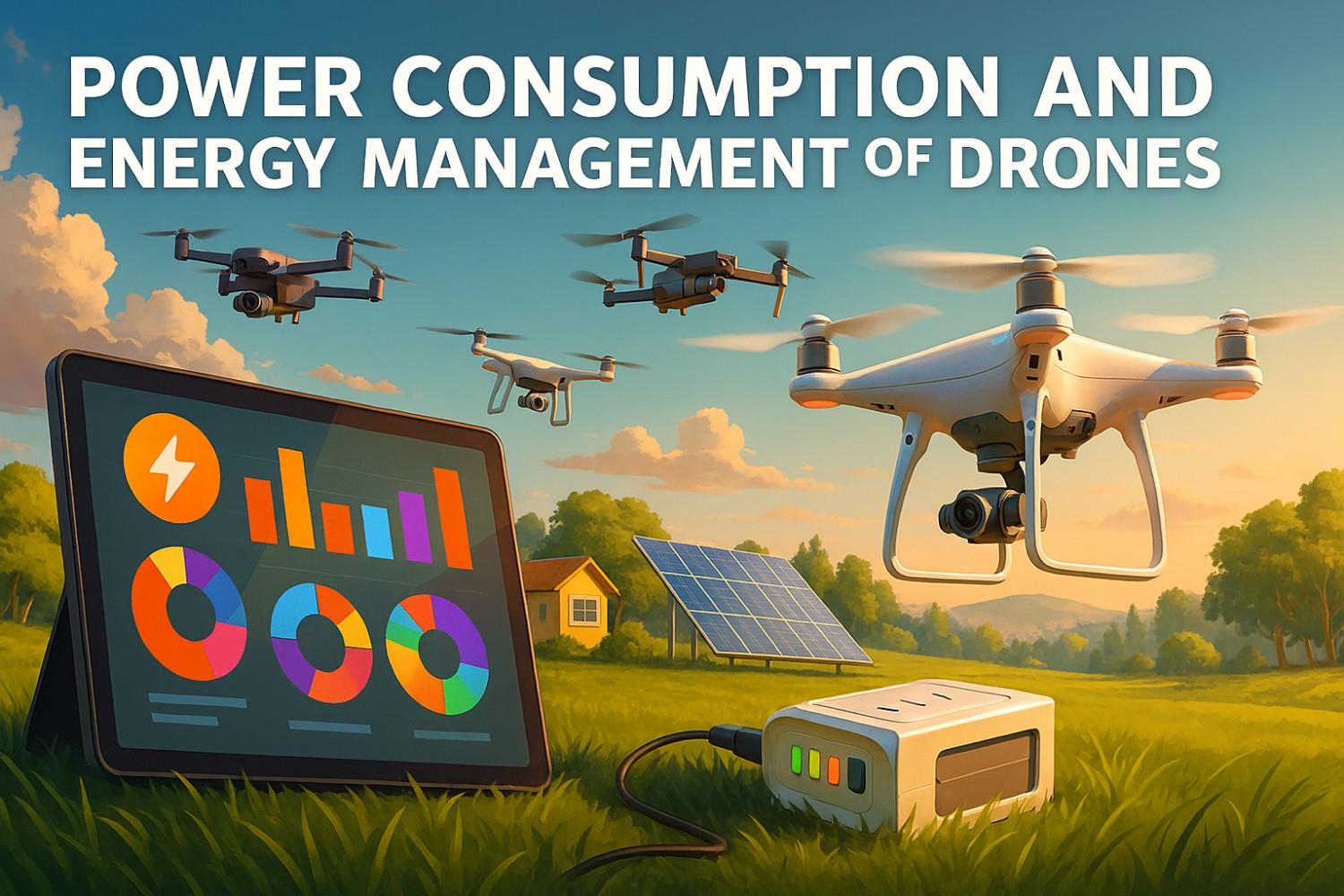
Miniaturization frequently means denser electronics and more effective packaging, but it does not disregard fundamental power constraints. Small drones have limited battery capacity; add-ons that draw significant current reduce flight time and may need active power management strategies. Designing add-ons for low power draw while preserving necessary functionality is technically challenging.
Indian operators working in rural areas face additional constraints: limited access to charging infrastructure, harsh environmental conditions that damage battery performance and supply chain delays for replacement batteries. Thus, add-ons that need frequent recharging or high peak power are less feasible for many on-the-ground applications in India.
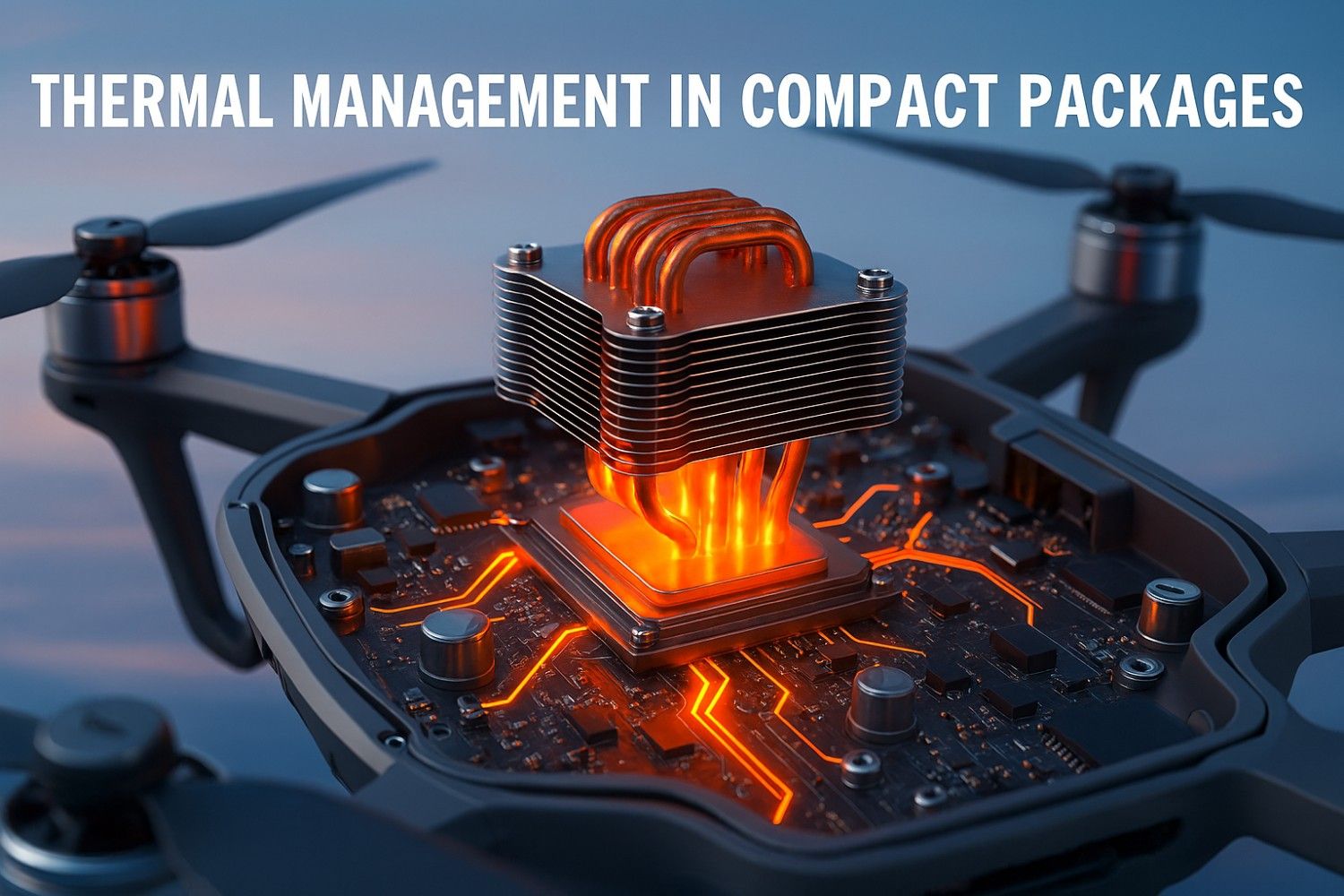
Compact electronic assemblies pack heat-producing components into confined spaces. Effective thermal management is important because overheating degrades sensor accuracy, shortens component lifespan and, in severe cases, can cause in-flight failures. Passive cooling options are less effective at miniature scale and active cooling adds weight, complexity and power draw, which weakens the benefits of miniaturization.
High ambient temperatures in many regions, direct solar heating and dusty or humid conditions further compound thermal design challenges. Add-ons intended for year-round Indian operations must be robust sufficient to endure elevated temperatures and uphold performance without active cooling.
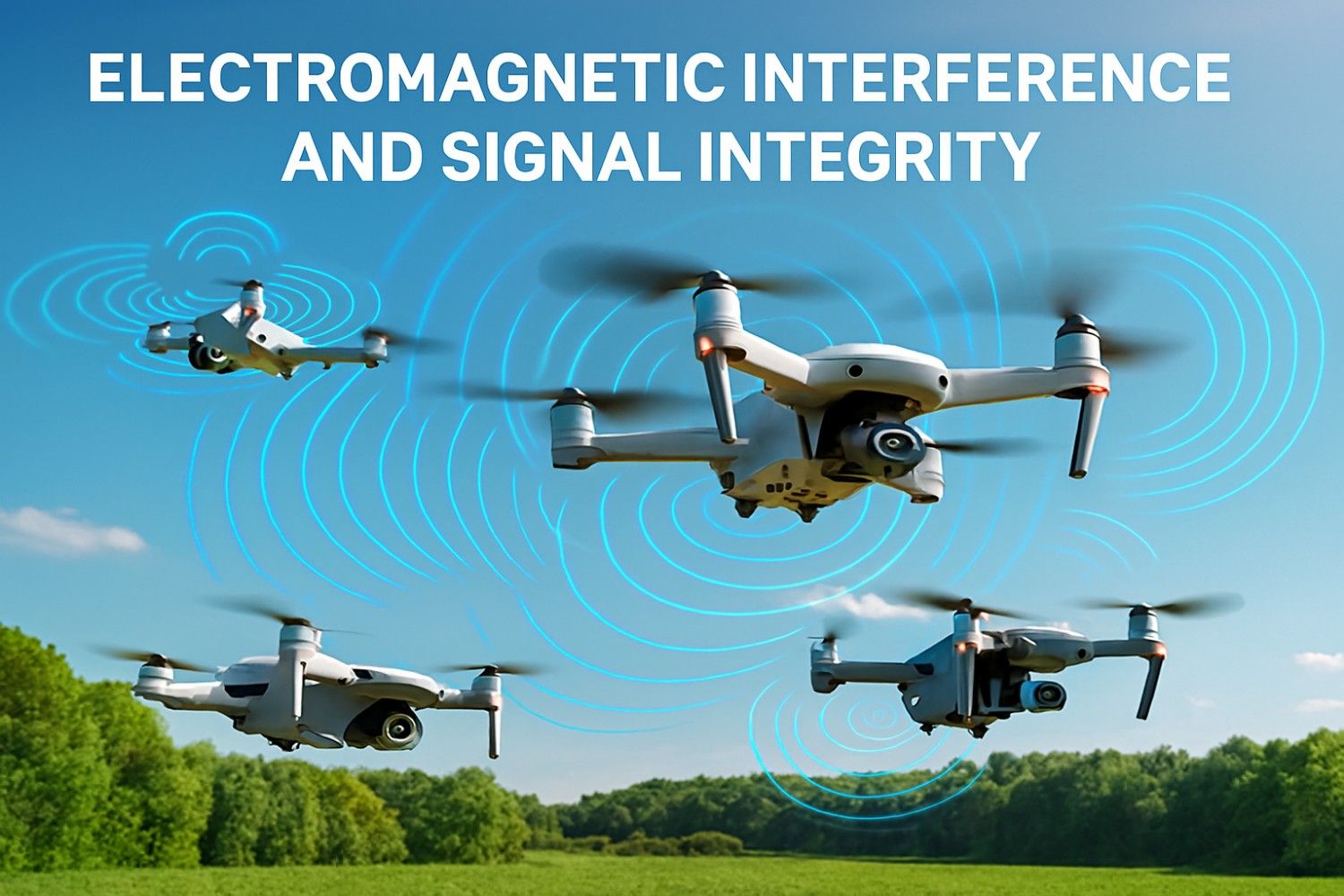
High-frequency radios, GPS receivers, lidar, and power electronics in proximity can produce cross-talk, decrease signal-to-noise ratios and degrade positioning or communication dependability. In safety-critical applications, for example, BVLOS operations and precision agriculture, degraded GNSS or comms performance can render the whole mission unsafe.
Indian airspace operations frequently occur near urban centres with dense RF noise. Miniaturized add-ons must comprise careful shielding, filtering and grounding strategies. Though, these measures can add weight and cost creating tension with the main objectives of miniaturization.
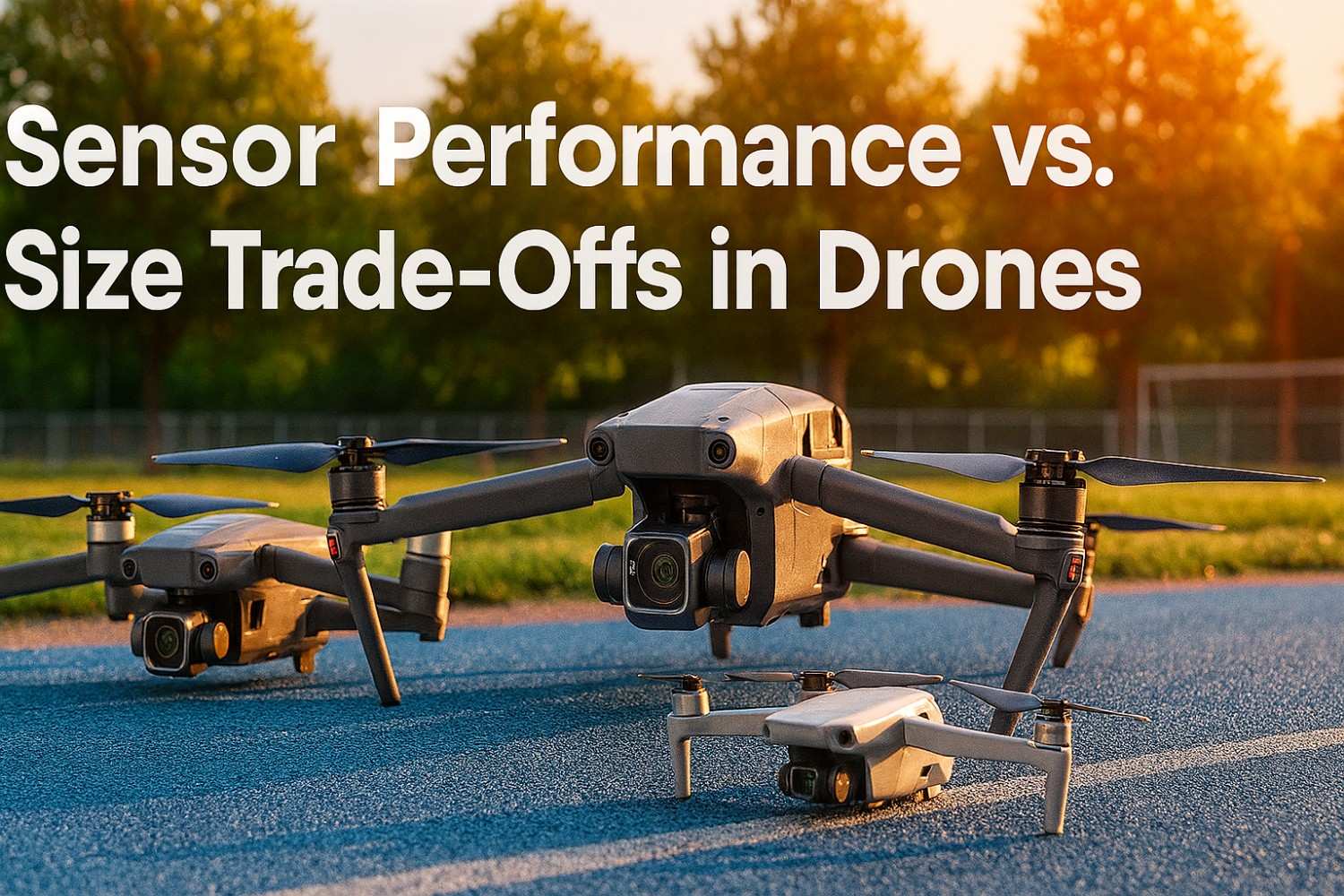
Smaller camera sensors might exhibit poorer low-light sensitivity, smaller optics decrease resolution and field-of-view and compact LIDAR units may have reduced range or lower point density. For precision agriculture where multispectral sensitivity matters or infrastructure inspection needing high resolution to detect hairline cracks, these compromises can make miniaturized options inadequate.
Engineers must balance spatial resolution, spectral fidelity and signal processing capability within tight SWaP constraints. One mitigation approach is to push more computation to on-board processors to extract more value from lower-quality sensors, but this surges power demand and thermal load.
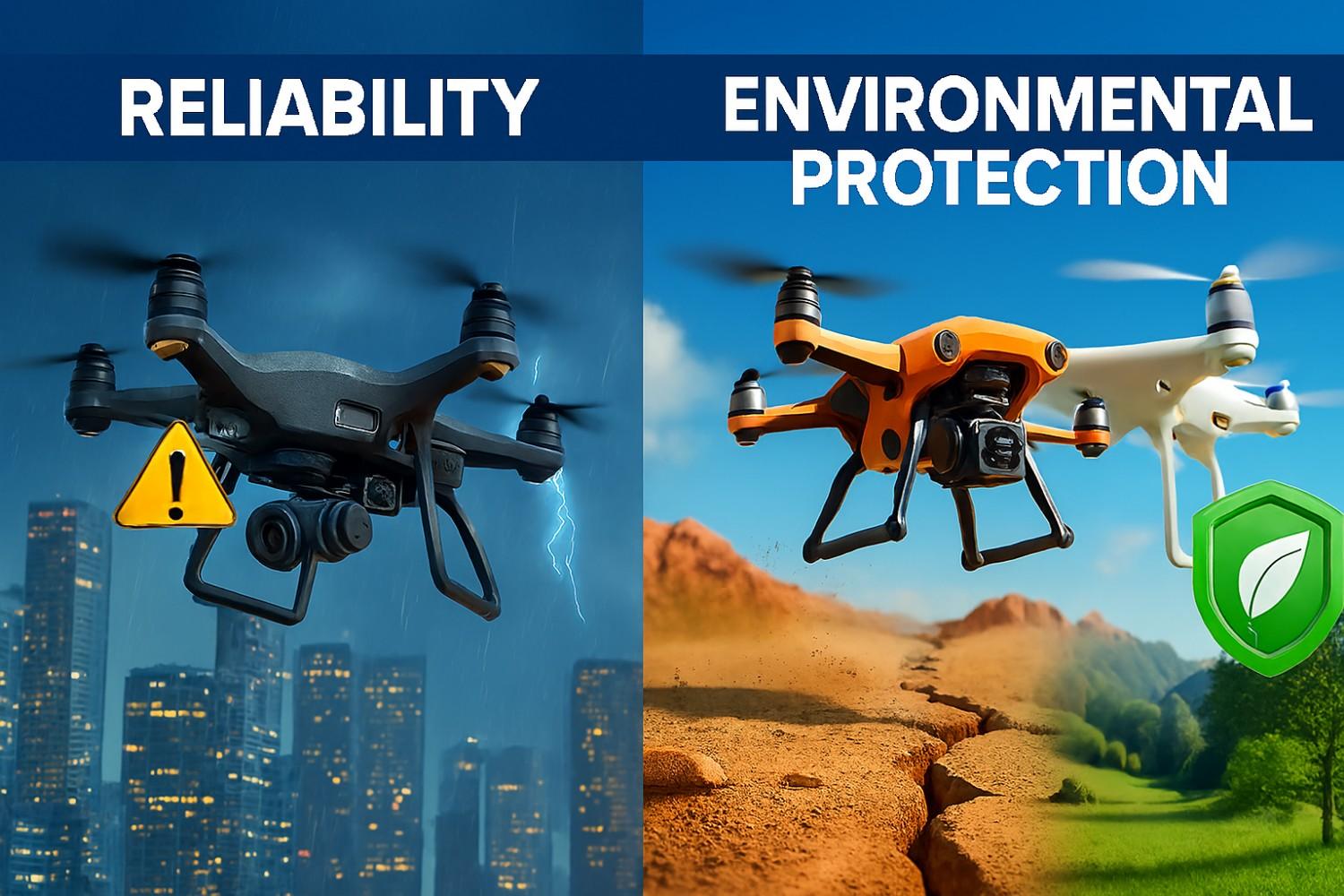
Indian operating environments need roughness. Monsoon-related humidity, salt spray in coastal regions, dangerous heat, and pervasive dust in arid zones generate a severe operating envelope. Miniaturized add-ons are more sensitive to ingress and mechanical shock because of their compact assemblies.
Achieving satisfactory IP ratings and vibration sturdiness in tiny housings is expensive and needs precise manufacturing and quality control. For several Indian small businesses, the augmented unit cost of ruggedized miniaturized add-ons might undermine the economic case for adoption.
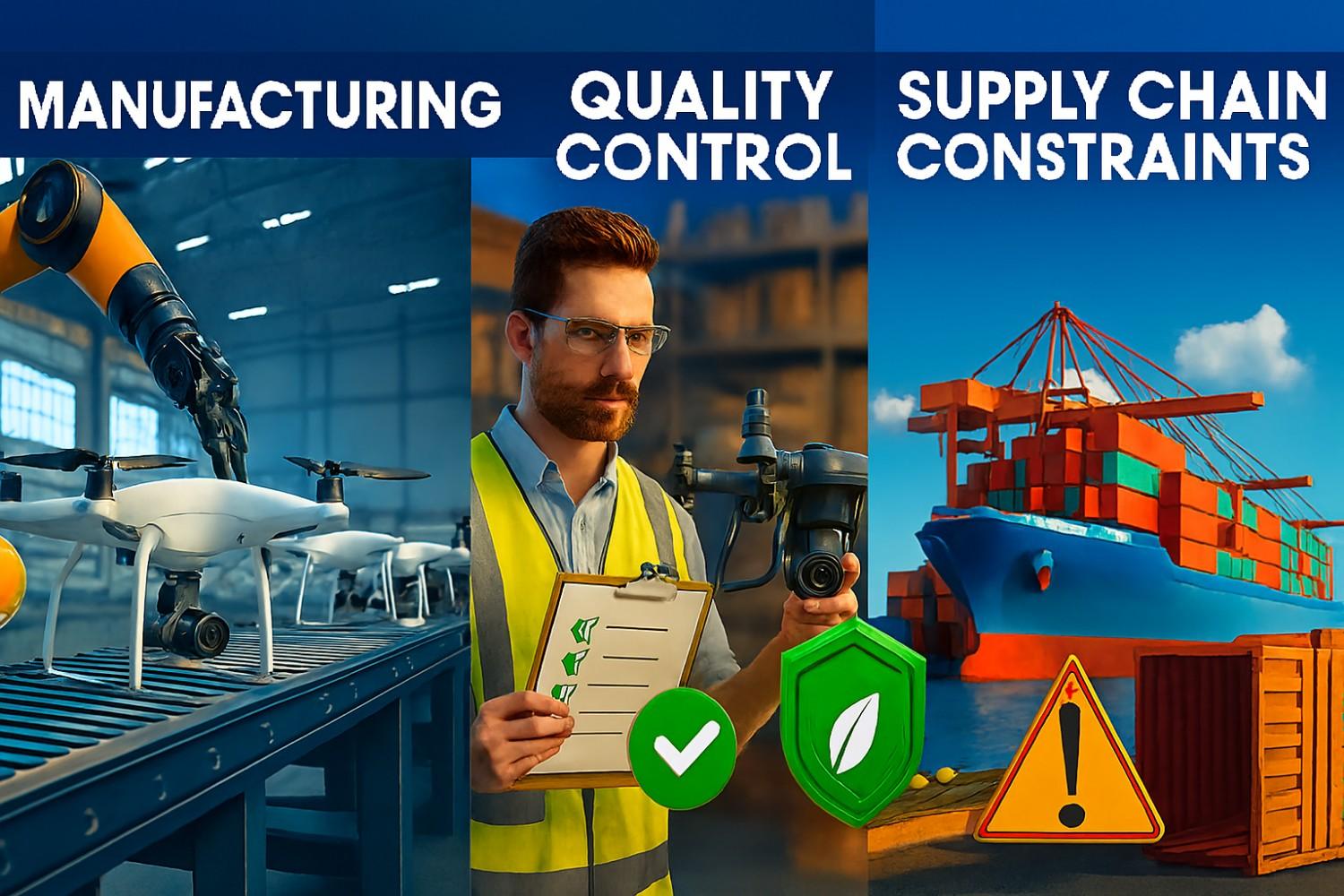
Miniaturization leverages cutting-edge manufacturing techniques. In India, the domestic capacity for high-precision, high-yield manufacturing of specialized drone add-ons is still maturing. Several components must be imported, dependent on currency fluctuations, import duties, lead times, and geopolitical supply chain risk.
Quality control is also challenging at miniature scales; small defects that would be bearable in larger assemblies can be catastrophic. For Indian SMEs scaling production, establishing dependable suppliers and quality assurance processes adds complexity and cost.

The cost of miniaturized components can be excessively high relative to larger, mass-produced equivalents. In Indian markets, smallholder agricultural cooperatives or low-margin inspection services may not find the premium for miniaturized add-ons justifiable. The result is a market segmentation where only higher-value or recognized customers can afford trailblazing miniaturized solutions, while smaller operators use larger, less integrated systems.
Business models that subsidize adoption may help bridge this gap, but they need supportive financing mechanisms and regulatory clarity, both of which are still evolving in India.
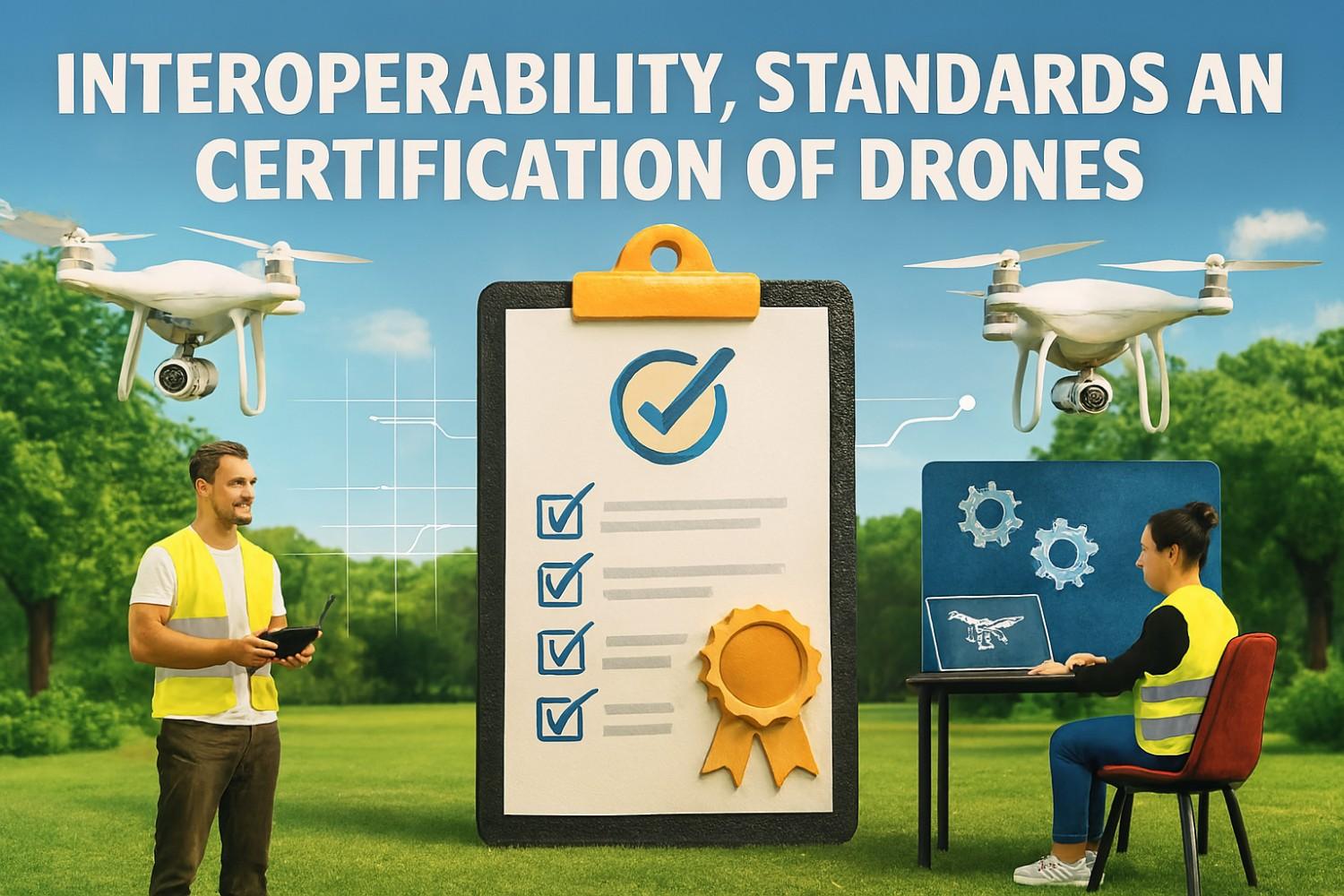
Miniaturized add-ons integrate with varied flight controllers, telemetry systems, and ground control software. Fragmentation in hardware and software standards obscures integration and increases the cost of supporting several variants. In India, where operators may use locally produced platforms and imported drones, achieving plug-and-play compatibility is problematic.
Certification procedures for avionics and airborne sensors are specialized and may be time-consuming and costly. For small Indian developers, procurement of the necessary approvals at scale impedes market entry.

Miniaturized add-ons that allow higher-density data collection introduce privacy and security concerns. In India, where data governance frameworks are developing, operators and manufacturers must navigate ambiguous legal obligations around image capture, storage and transmission.
Ensuring secure communications in space-constrained add-ons is nontrivial; cryptographic modules and safe elements add both power draw and cost. Failure to implement security can bring about data breaches or misuse, undermining public trust and inviting stricter regulation.
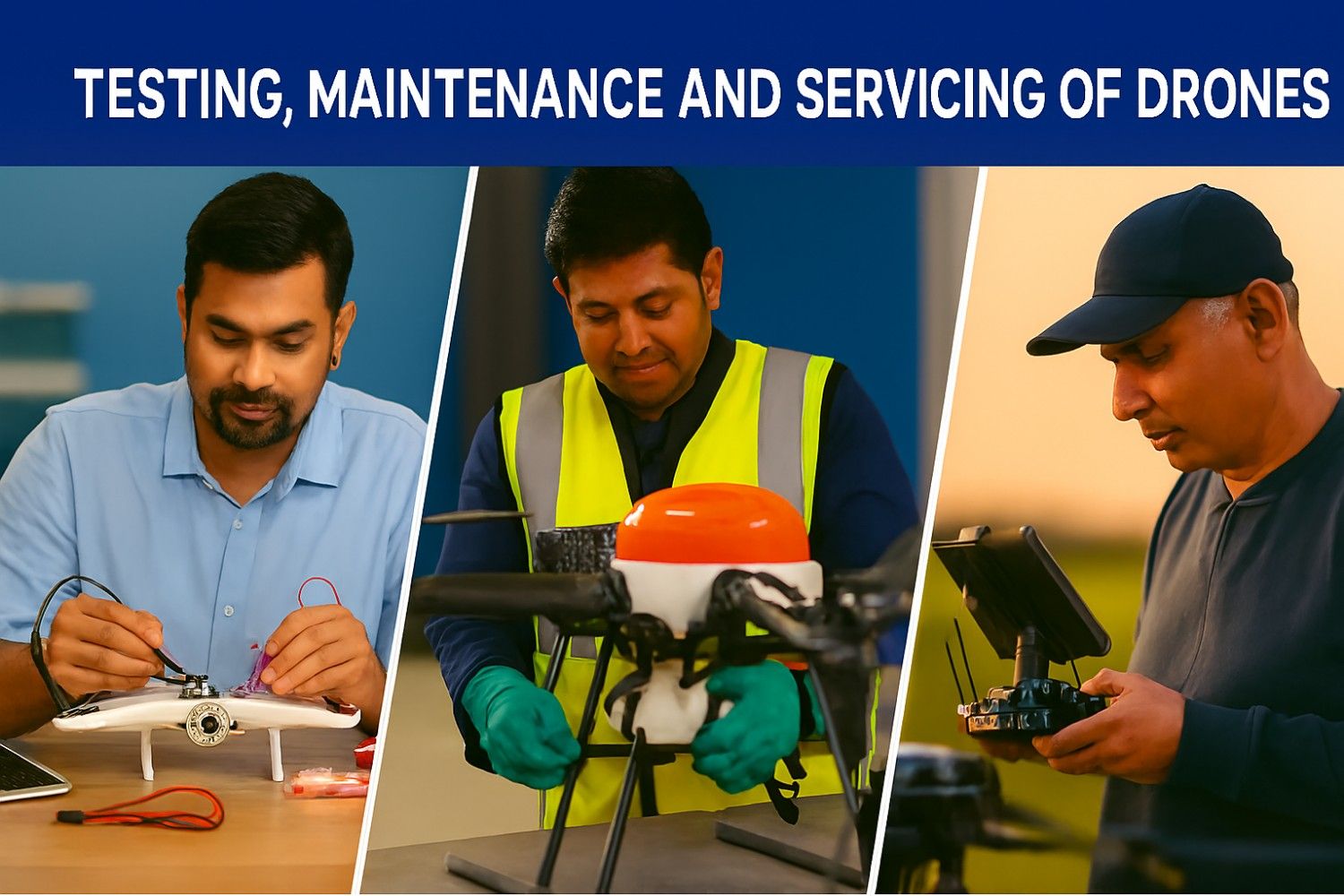
Compact assemblies obscure field maintenance. Small connectors and modular components can be hard to repair, needing dedicated tools or clean environments. For Indians, this results in downtime and operational risk.
Testing miniaturized add-ons across the full environmental range encountered in India needs all-inclusive test programs that several early-stage manufacturers cannot afford. Consequently, untested designs may perform unpredictably once deployed at scale.
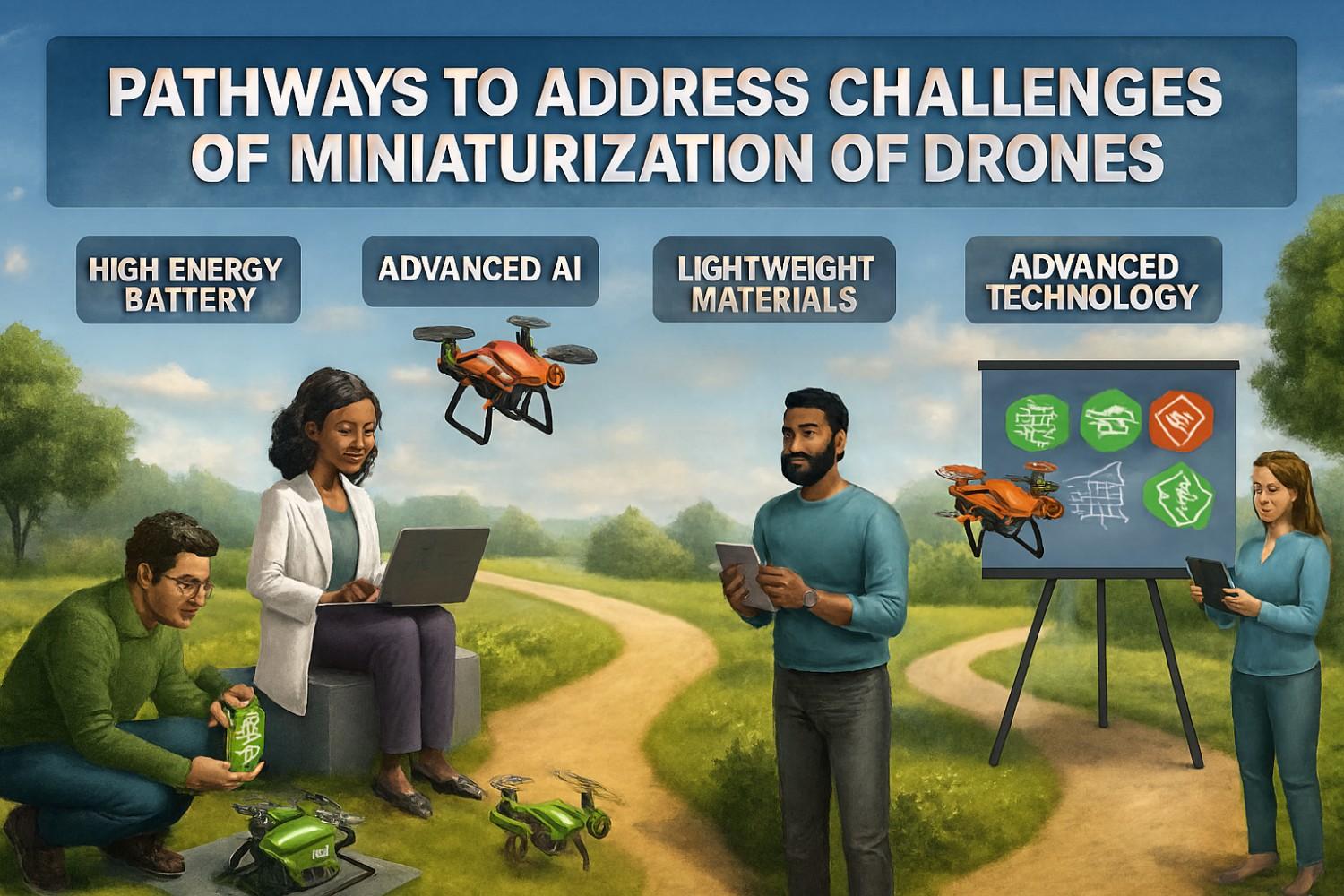
Collaborative R&D and Standards Development: Partnerships can help pool resources to advance cost-effective miniaturization techniques tailored to Indian requirements. Industry groups should work with standards to boost interoperability.
Localized Manufacturing and Supplier Development: Incentives for domestic precision electronics and micro-manufacturing will reduce lead times, lower costsand improve quality control.
Modular Design and Redundancy: Designing add-ons as modular plug-ins with consistent interfaces can simplify integration and upkeep while allowing incremental upgrades.
Power-Aware Algorithms and Edge Computing: Software optimizations that decrease data rates and perform intelligent on-board processing can offset hardware limits by reducing communications and storage demands.
Robust Testing Regimes: Subsidized testing facilities and standardized test protocols for environmental conditions will advance reliability and quicken certification.
Business Model Innovation: Leasing, shared service models and pay-per-use offerings can upsurge access for smaller operators while amortizing hardware costs.
Regulatory Clarity: Clear certification pathways for add-ons will decrease compliance doubt and encourage investment.

A lot of things are happening in the world of drones and miniaturization is also one of them. There is no doubt that the miniaturization of technology poses various difficulties, and all of these have to be mitigated. This has been happening quite well of late in the world of drones. If you want to make an entry into the world of drones as a drone pilot, then you can enroll with us at Flapone Aviation.
Not sure which drone fits your needs? Our experts can guide you to the perfect UAV for your mission.